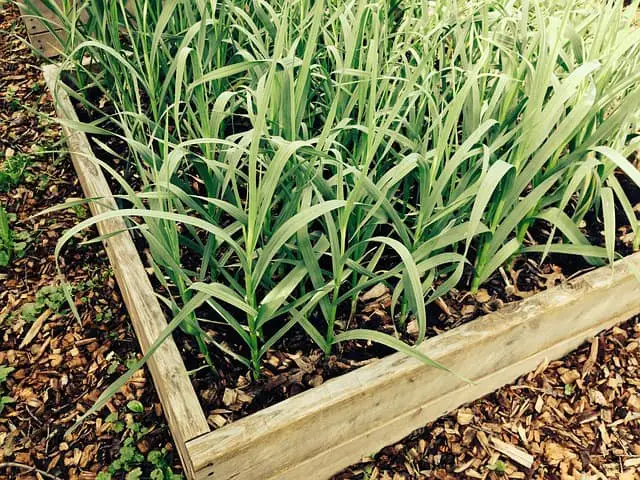Spices have been a staple in the kitchen for thousands of years, adding flavor and aroma to a wide range of dishes. However, the spice industry is always evolving, and there are some exciting innovations on the horizon that are set to change the way we grow, harvest, and use spices in the future.
Below we will look at several innovations that may impact the world of spices in terms of how and where they are grown and harvested and what it means to consumers like us.
Growing spices in new environments
One of the biggest challenges facing the spice industry is the limited growing areas for certain spices. This can lead to a shortage of certain spices, which can drive up prices and reduce the availability of these essential ingredients. However, new innovations are being developed that could allow spices to be grown in new environments.
For example, hydroponic and aeroponic systems can be used to grow spices in greenhouses or even indoors. Hydroponics refers to water-based plant growing without the use of soil. Aeroponics refers to air or mist-based plant growing also in the absence of soil.
These systems allow for precise control of the growing environment, which can result in a more consistent and predictable harvest.
Additionally, these systems can be used to grow spices year-round, regardless of the outdoor climate, which could help to reduce the impact of crop failures or natural disasters on the spice supply chain.
This could also lead to instances where consumers are able to grow their own spices in their home garden where previously harsh local climates prevented this from occurring.
Gene editing technology
Another exciting innovation in the spice industry is the use of gene editing technology. Gene editing can be used to modify the genetic makeup of spices to make them more resistant to pests, disease, and environmental stressors. This can result in a more robust and sustainable crop, which can increase the yield of spices and reduce the impact of crop failures on the spice supply chain.
In addition to increasing the resilience of spices, gene editing can also be used to modify the flavor profile of spices. For example, researchers are exploring ways to enhance the flavor and aroma of vanilla by modifying its genes. This could lead to the development of new and more complex flavors that could be used to create exciting and unique dishes.
Research has shown that gene editing and related next generation technology could be used to improve crop yields and quality for major spices.
Robotic harvesting and processing
Another innovation that could transform the spice industry is the use of robotics for harvesting and processing spices. Currently, many spices are harvested and processed by hand, which can be a slow and labor-intensive process.
However, the development of new robotic harvesting and processing systems could revolutionize the spice industry.
Robots can be programmed to identify and harvest only the ripe spices, which can result in a more efficient and effective harvest. They can also be programmed to process the spices, such as grinding and packaging, which can reduce the time and labor required to produce spices.
Some spices like saffron are very delicate plants and need to be harvested by hand so it will be interesting to see if this changes over time with new technology.
Summary
The spice industry is at the forefront of many exciting innovations that have the potential to transform the way we grow, harvest, and use spices. From growing spices in new environments to using gene editing technology to modify their flavor profile, the future of the spice industry is looking bright. These innovations will help to ensure that spices remain a staple in the kitchen for many years to come.
Check out my article How to Grow and Harvest Your Own Spices to learn more about how to get started now with growing your own spices while we wait for new spice technologies to become available.

